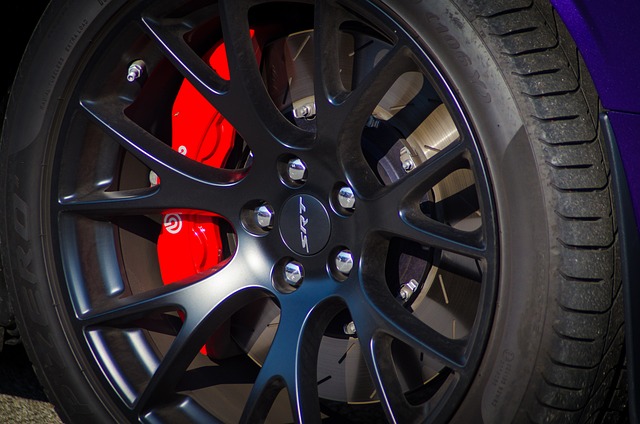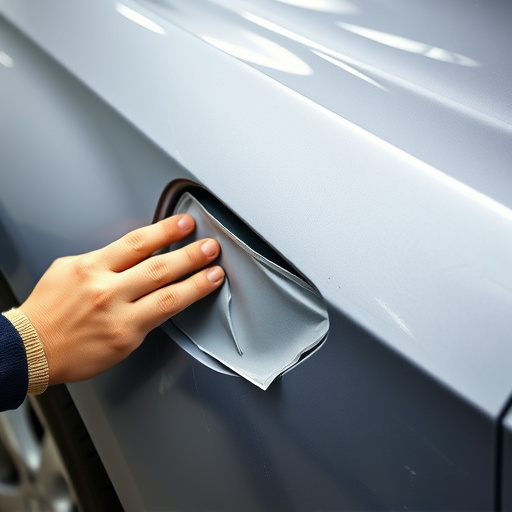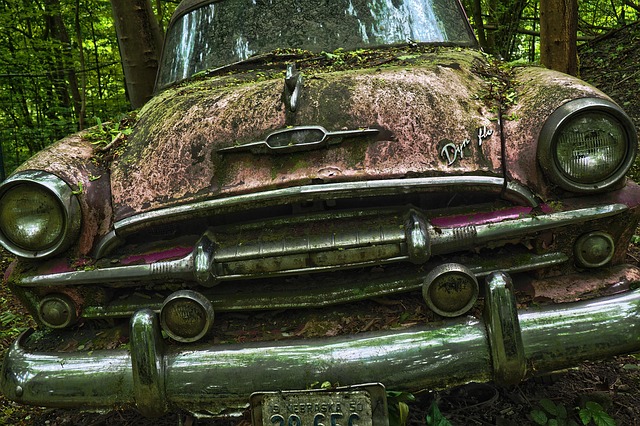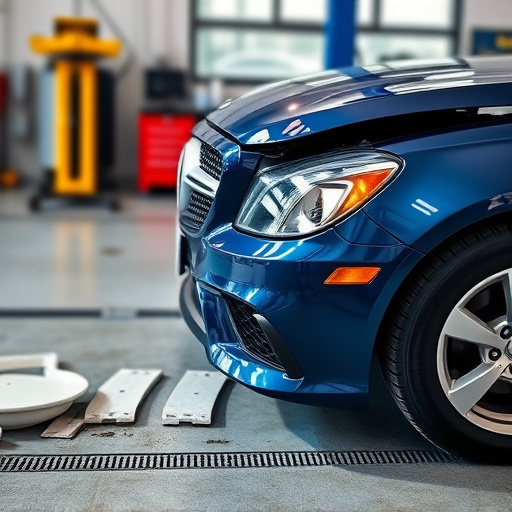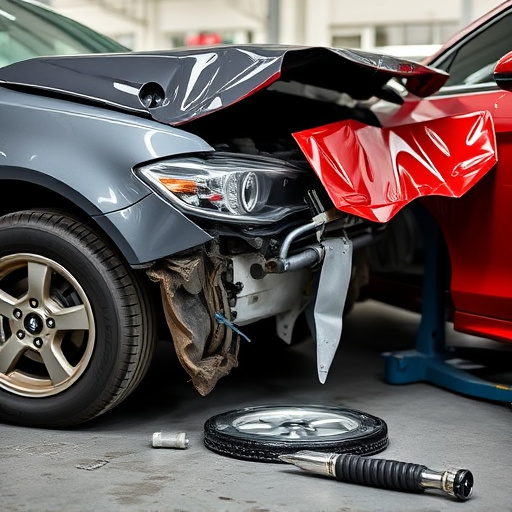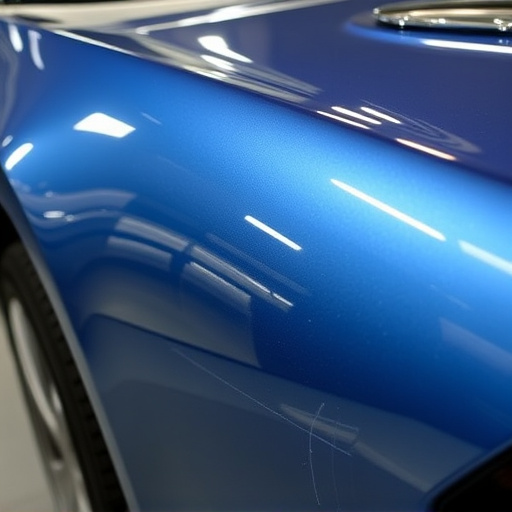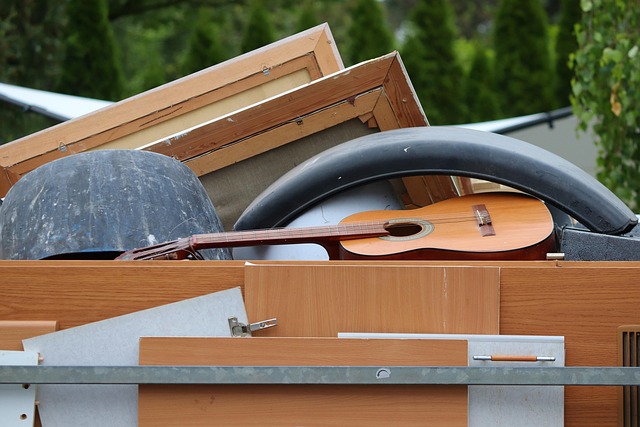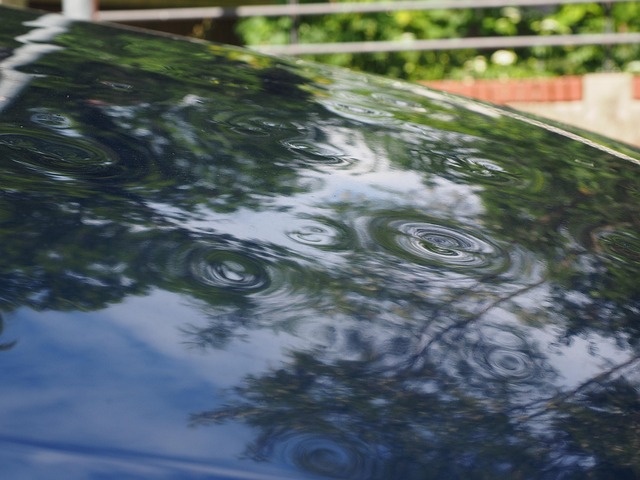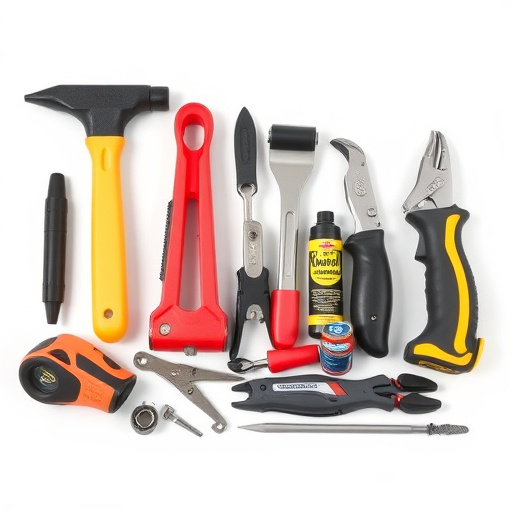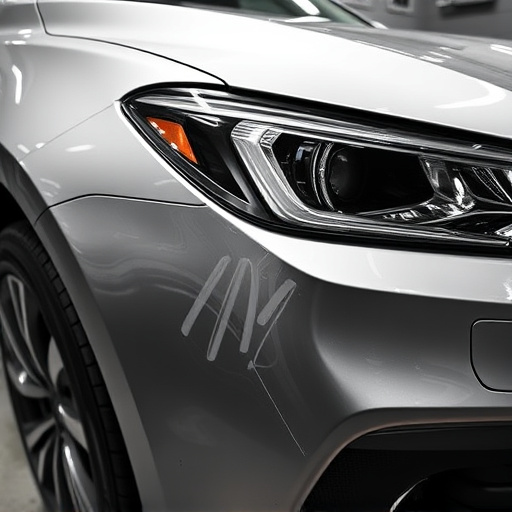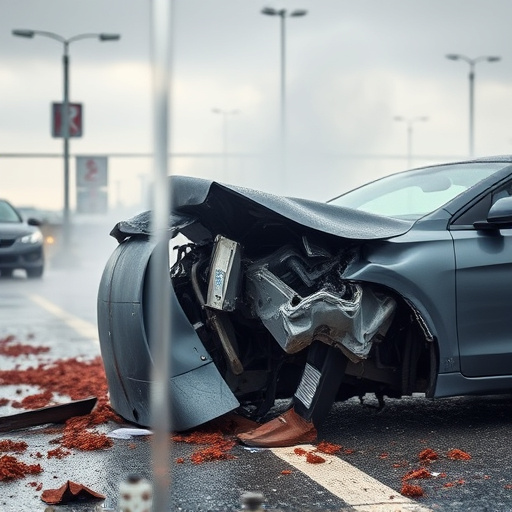Auto body frame repair is crucial for restoring vehicles damaged in accidents or collisions, ensuring safety and structural integrity. Trained technicians utilize advanced tools like lasers, CAD software, and manual manipulation to accurately assess and correct subtle shifts, misalignments, and deformations in metal frames. This meticulous process involves measuring original specifications against current conditions, identifying hidden issues, and providing precise estimates for repairs, painting, and straightening. Common types of frame damage include bent or twisted metal from frontal impacts or rollovers, and crush damage from side-impact collisions, requiring techniques like dent repair or replacement parts for severe cases, while rust protection is essential during restoration.
Technicians play a crucial role in auto body frame repair, meticulously assessing damage for precise restoration. This process involves understanding diverse frame damage types, from dents and bends to more severe structural issues. Using manual inspection methods, advanced diagnostic tools, and technology for accurate measurements, technicians navigate the assessment. The journey begins with a visual evaluation, followed by lifting the vehicle, dynamic and static tests, meticulous documentation, and crafting a repair estimate—a comprehensive guide to restoring vehicles to their original condition.
- Understanding Auto Body Frame Damage
- – Defining auto body frame damage
- – Common causes and types of frame damage
Understanding Auto Body Frame Damage
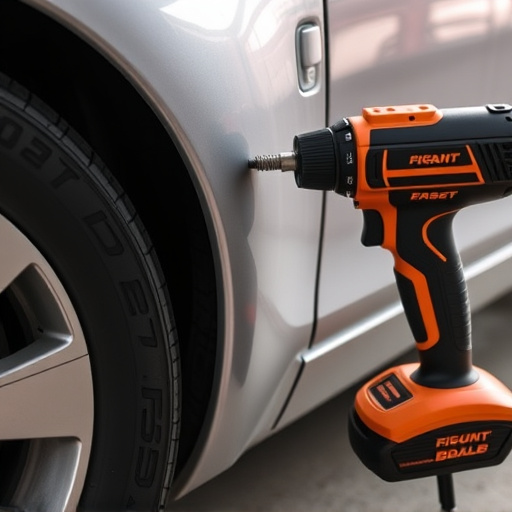
Auto body frame damage refers to the structural integrity issues that can occur in a vehicle’s frame and chassis after an accident or collision. This type of damage goes beyond surface-level aesthetics, impacting the safety and performance of the vehicle. Technicians trained in auto body frame repair are skilled in identifying subtle shifts in the metal, misalignments, and deformations that may not be immediately visible to untrained eyes.
They use specialized tools and techniques, including laser measurements, computer-aided design (CAD) software, and manual manipulation, to accurately assess and document the extent of the damage. Understanding auto maintenance fundamentals is crucial here; technicians must know how a vehicle’s frame contributes to its overall stability and handling characteristics to ensure that any repairs are both effective and safe, particularly in high-quality vehicles like Mercedes Benz repair cases where precision is paramount.
– Defining auto body frame damage
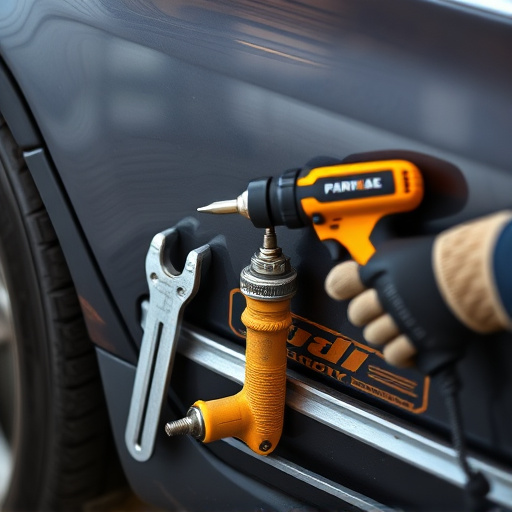
Auto body frame damage refers to the structural harm inflicted on a vehicle’s skeleton during a collision or accident. This includes deformations, cracks, and misalignments in the frame, which can be both visible and invisible to the naked eye. Technicians in car body shops employ sophisticated tools and techniques to assess these damages accurately, ensuring that every part of the frame is evaluated for safety and integrity before proceeding with auto body frame repair.
Proper assessment involves a meticulous process where collision repair services technicians use specialized equipment like alignment machines, laser scanners, and computer-aided design (CAD) software to measure and compare the vehicle’s original specifications with its current state. This detailed analysis helps determine the extent of the damage, identify hidden issues, and provide an accurate estimate for the necessary auto painting and frame straightening procedures required to restore the car to its pre-incident condition.
– Common causes and types of frame damage

Frame damage is a common issue in auto body repair due to various reasons, including accidents, collisions, and even minor fender benders. Understanding the types and causes of frame damage is essential for technicians performing auto body frame repair. One of the most prevalent forms is bent or twisted metal, often resulting from frontal impacts or rollovers. These incidents can cause misalignment of the vehicle’s structural components, requiring precise measurements and adjustments during the repair process.
Another common type is crush damage, where the frame experiences compression or decompression forces, typically from side-impact collisions or when a vehicle is struck by another object. Car dent repair techniques may be employed to straighten out bent panels, while more severe cases might necessitate replacement parts and expert car body repair skills. In addition, rust can also contribute to frame damage, especially in older vehicles or those with poor maintenance histories, making auto painting and corrosion protection crucial steps in the restoration process.
In assessing auto body frame damage, technicians employ a meticulous process to ensure accurate repairs. By understanding the various types and common causes, such as accidents, collisions, or manufacturing defects, they can accurately diagnose the extent of the harm. Through visual inspections, using specialized tools, and employing digital imaging, these professionals determine the structural integrity of the vehicle’s frame, facilitating effective auto body frame repair strategies. This attention to detail is paramount in restoring vehicles to their pre-incident condition, ensuring safety and quality in every step of the restoration process.

